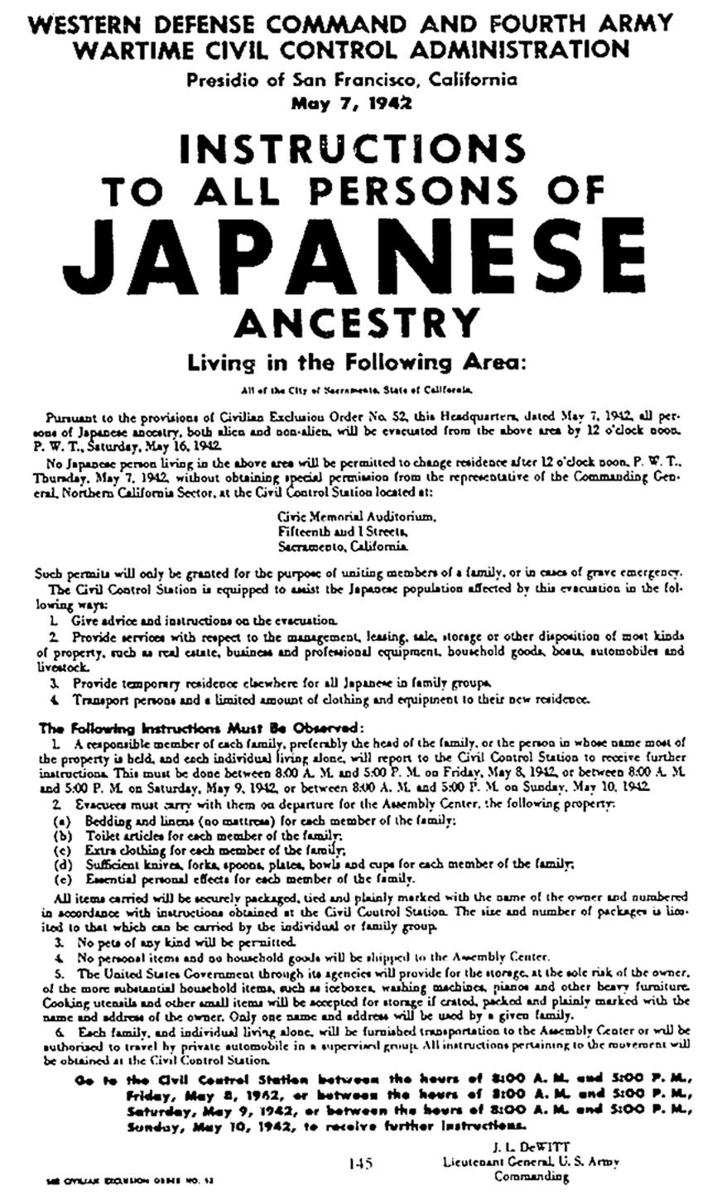Japanese Americans: Executive Order 9066
Currently we are still working on this page. Some research has been done, but we still have a long way to go. Below is an excel spreadsheet with our early work. Our student research couldn't continue because of other duties to the library.
We will be gathering all the names and photographs of Garfield's Japanese-American students between 1925 and 1963 and trying to put together as much information as we can on each.
As we continue, we will also be adding links to some of the best websites on this project.
Executive Order 9066
Executive Order 9066 (History Matters)
Executive Order 9066 (Britannica)
Japanese Relocation During WWII (National Archives)
A Brief History of the Japanese American Relocation During World War II (National Park Service)
Japanese American Relocation Digital Archives (Calisphere, University of California)
The Incarceration of Japanese Americans During WWII (Atomic Heritage Foundation)
Go For Broke National Education Center (World War II American Veterans of Japanese Ancestry)
Acces to Archival Databases (The National Archives)
Where They Were Imprisoned
There were ten sites in which the Japanese Americans were imprisoned:
- Manzanar: Near Lone Pine, California on the eastern side of the Sierra Nevadas.
- Tule Lake: North eastern California near the Oregon border.
- Poston: Located in Arizona next to the Colorado River, near Parker Dam
- Gila River: Located on the Gila River Indian Reservation
- Topaz: Near Antelope Springs, Utah
- Minidoka: Near Twin Falls, Idaho
- Heart Mountain: Located in Wyoming, just north of Yellowstone National Park
- Amache: Located near the southeastern corner of Colorado
- Rohwer: Located in rural Desha County, southeastern part of Arkansas
- Jerome: Near the town of Jerome in the Arkansas delta
Take a field trip to Manzanar as it is today -- a national historic site and explore (walk and drive) its vast area, explore its visitor center that contains over 8000 square feet of exhibits, a bookstore and theaters. It's only a 4 to 5 hour drive from East Los Angeles. It is a sad reminder of what America did. Be careful, during the summer temperatures can exceed 100 degrees.

